Table of content
Chinese flatbread, known as bing mo, is a staple in Chinese cuisine, celebrated for its versatility, simplicity, and ability to complement both hearty stews and light soups. This unleavened or leavened bread, depending on the region and recipe, has been a cornerstone of Chinese cooking for centuries. Its chewy texture, golden crust, and subtle flavor make it a beloved addition to meals across the country. Whether you’re a seasoned home cook or a curious beginner, mastering the art of bing mo opens doors to a world of culinary possibilities. In this comprehensive guide, we’ll explore the history, ingredients, techniques, and tips to create perfect bing mo in your own kitchen.
A Brief History of Bing Mo
The origins of bing mo trace back to ancient China, where flatbreads were a practical solution for sustenance. Early versions were likely made with minimal ingredients—flour, water, and salt—cooked over open fires or on clay stoves. Over time, regional variations emerged, reflecting local tastes and available ingredients. In northern China, where wheat is a dietary staple, bing mo often takes the form of thick, chewy breads like rou jia mo (meat-filled flatbread) or shao bing (sesame-seed-coated pastries). In southern regions, lighter, thinner iterations might be steamed or stuffed with fillings like red bean paste or vegetables.
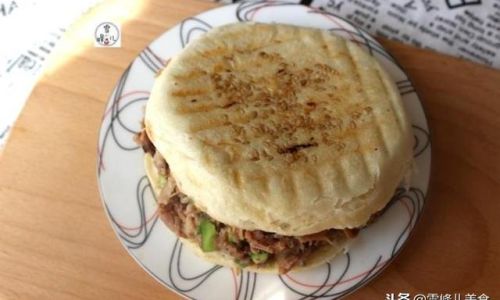
Today, bing mo remains a symbol of humble, wholesome cooking. Its adaptability has made it a favorite in households, street food stalls, and high-end restaurants alike. Understanding its roots adds depth to the cooking process, transforming a simple recipe into a cultural experience.
Ingredients and Tools
Creating authentic bing mo requires minimal equipment and pantry staples. Here’s what you’ll need:
For the Dough
- All-purpose flour or bread flour: 500 grams (4 cups). Bread flour yields a chewier texture, while all-purpose flour offers a softer crumb.
- Water: 250–300 ml (1–1¼ cups), lukewarm. Adjust based on flour absorption.
- Salt: 1 teaspoon. Enhances flavor.
- Optional: 1 teaspoon sugar (to activate yeast in leavened versions) or 1 teaspoon baking powder (for a quicker rise).
For Cooking
- Neutral oil: 1–2 tablespoons (for pan-frying or brushing).
- Sesame seeds (optional): For garnish.
Tools
- Large mixing bowl
- Rolling pin
- Cast-iron skillet or nonstick pan
- Clean kitchen towel or plastic wrap (for proofing dough)
- Pastry brush (for oil)
Step-by-Step Instructions
Preparing the Dough
a. Unleavened Bing Mo (Quick Version)
For a rustic, traditional bing mo, skip the yeast. Combine flour and salt in a bowl. Gradually add water, stirring with a fork or chopsticks until a shaggy dough forms. Knead for 8–10 minutes until smooth and elastic. The dough should feel tacky but not sticky. If too dry, sprinkle water; if too wet, dust with flour.
b. Leavened Bing Mo (Light and Fluffy)
For a softer texture, activate 1 teaspoon of active dry yeast in 50 ml (¼ cup) warm water with a pinch of sugar. Let sit 5–10 minutes until frothy. In a large bowl, combine flour, salt, and yeast mixture. Add remaining water and knead for 10–12 minutes. Cover with a damp cloth and let rise in a warm place for 1–2 hours, or until doubled in size.
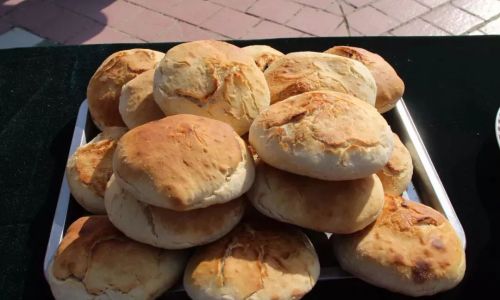
Shaping the Dough
Once the dough is ready, punch it down to release air bubbles. Divide into 6–8 equal portions (for medium-sized breads). Roll each portion into a smooth ball. Cover with a towel to prevent drying.
For Stuffed Bing Mo: Flatten a ball, add 1–2 tablespoons of filling (e.g., scallions, spiced meat, or red bean paste), and seal the edges. Flatten gently with a rolling pin.
Rolling and Cooking
a. Pan-Fried Method
Heat a skillet over medium heat. Roll a dough ball into a 6–8-inch circle (¼-inch thick). Brush one side with oil and place oil-side down in the skillet. Cook 2–3 minutes until bubbles form. Brush the top with oil, flip, and cook another 2–3 minutes until golden and puffed.
b. Oven-Baked Method
Preheat the oven to 230°C (450°F). Roll dough into thin rounds, prick with a fork to prevent puffing, and brush with oil. Bake 8–10 minutes until crisp.
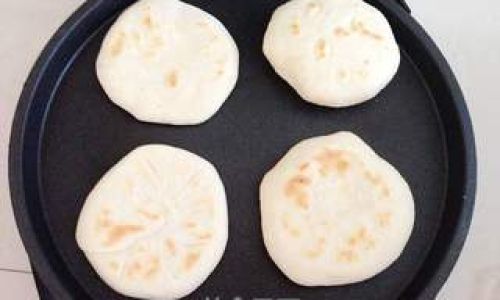
c. Steamed Method
For softer bing mo, steam dough rounds in a bamboo steamer for 10–12 minutes.
Finishing Touches
Brush cooked bing mo with sesame oil, sprinkle with sesame seeds, or smear with a spicy chili sauce for added flavor. Serve warm, wrapped in a towel to retain softness.
Tips for Perfect Bing Mo
- Dough Consistency: The dough should be soft and pliable. Over-kneading can toughen it, while under-kneading leads to dense bread.
- Temperature Control: Use lukewarm water (40–43°C/105–110°F) to activate yeast without killing it.
- Resting Time: Allow risen dough to rest 10 minutes after shaping for easier rolling.
- Cooking Technique: High heat ensures a crisp crust without drying the interior. Adjust heat if browning too quickly.
- Storage: Leftover bing mo can be refrigerated for 3 days or frozen for 1 month. Reheat in a skillet or oven.
Regional Variations to Explore
- Shao Bing (Sesame Flatbread): Layer dough with oil, five-spice powder, and sesame seeds before baking.
- Liu Ceng Bing (Layered Flatbread): Create flaky layers by folding and rolling dough with oil.
- Cong You Bing (Scallion Pancake): Mix chopped scallions into the dough for a fragrant, savory twist.
- Rou Jia Mo (Chinese Hamburger): Stuff leavened bing mo with slow-cooked pork, cilantro, and pickled vegetables.
Troubleshooting Common Issues
- Dough Too Sticky: Add flour 1 tablespoon at a time.
- Dough Not Rising: Check yeast freshness and water temperature.
- Tough Texture: Reduce kneading time or use a higher hydration dough.
- Uneven Cooking: Ensure even heat distribution and flip breads halfway.
Pairing Suggestions
Bing mo shines when paired with bold flavors. Serve it alongside:
- Hot pot: Dip in broth for a soothing contrast.
- Stir-fries: Wrap around spicy beef or eggplant.
- Soups: Tear into chunks for dunking.
- Dips: Try black bean sauce, hoisin, or garlic yogurt.
The Joy of Homemade Bing Mo
Making bing mo is as much about process as it is about product. The rhythmic kneading, the sizzle of dough in the pan, and the aroma of toasted flour fill the kitchen with warmth. Each bite carries the legacy of generations who relied on this bread for sustenance and celebration. Whether you prefer it plain, stuffed, or drizzled with sauce, bing mo is a testament to the beauty of simplicity—a humble food elevated by care and tradition.
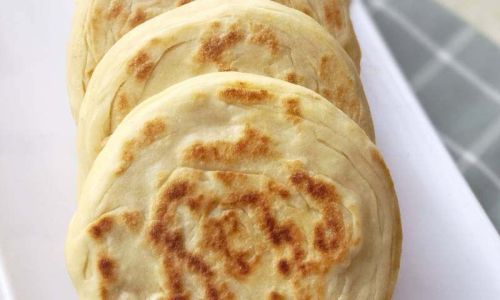
Conclusion
Crafting bing mo at home bridges the gap between culinary heritage and modern creativity. With practice, you’ll refine your technique, experiment with fillings, and develop a deeper appreciation for this timeless dish. So gather your ingredients, roll up your sleeves, and let the scent of freshly cooked flatbread transport you to the bustling streets of Beijing or the tranquil kitchens of rural China. Bon appétit—or as they say in Mandarin, 慢用! (Enjoy your meal!)

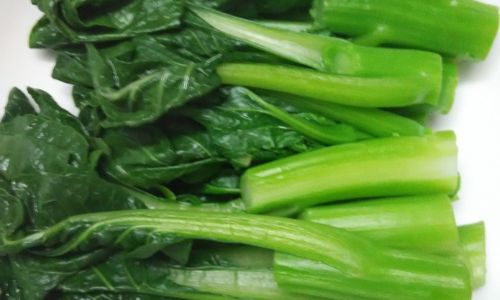
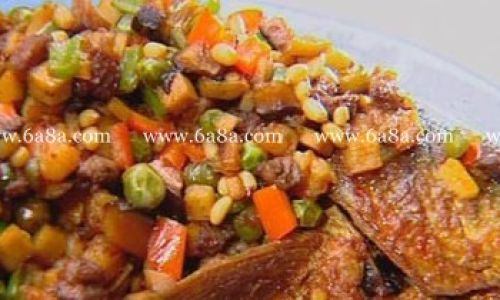


0 comments